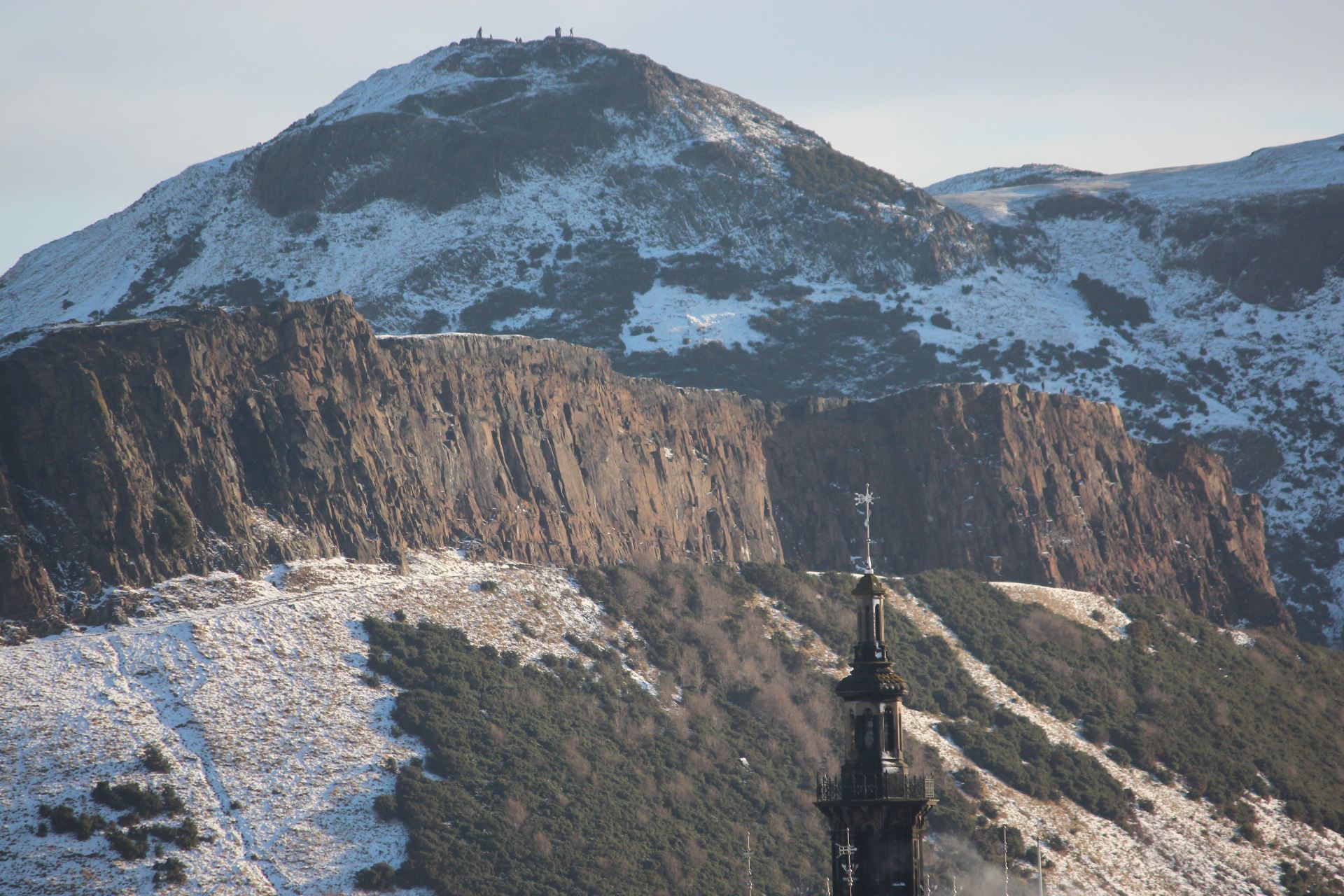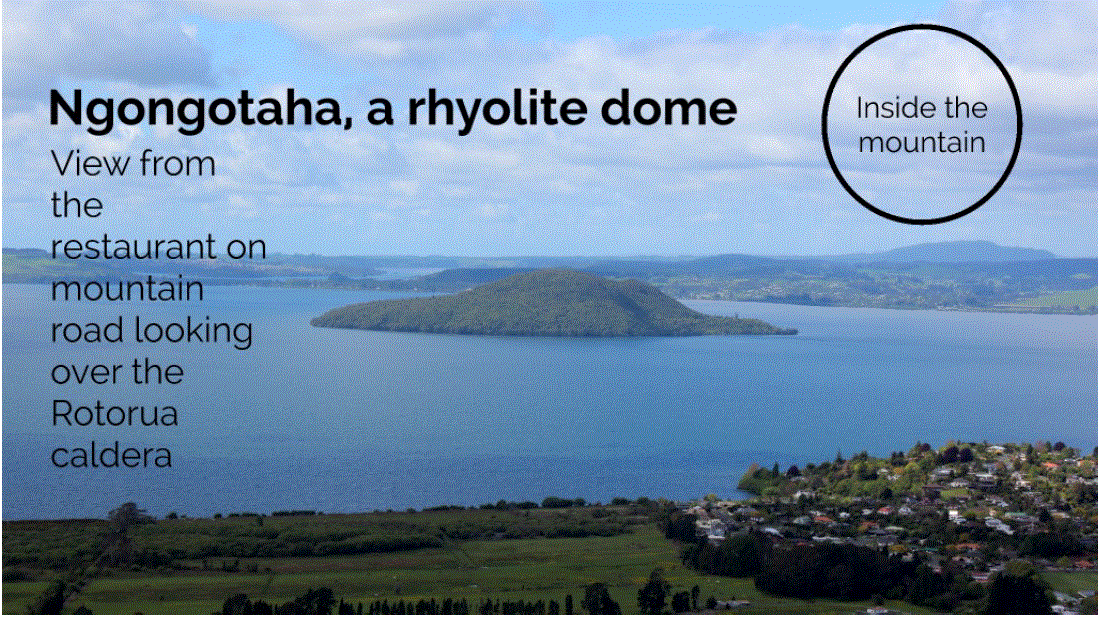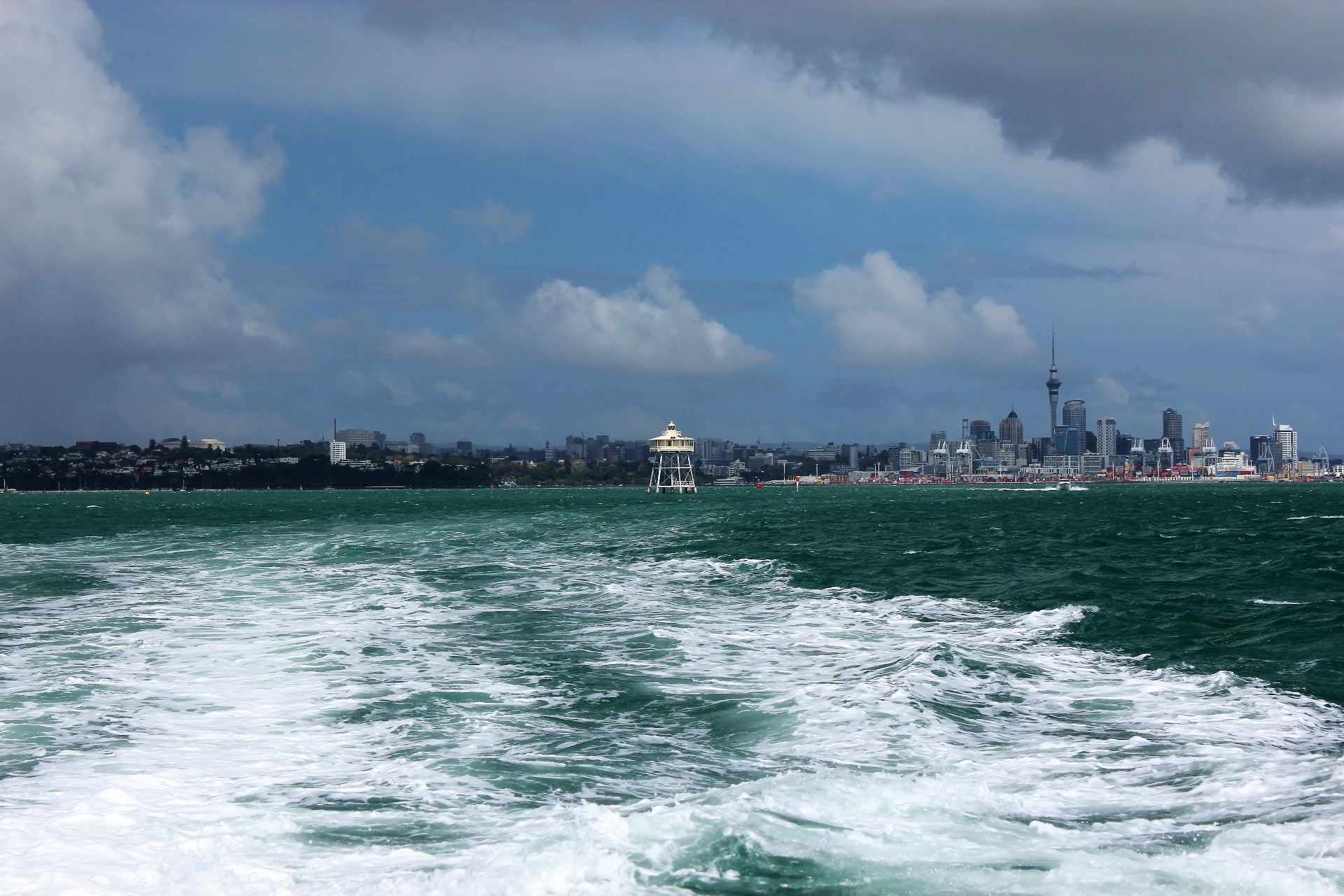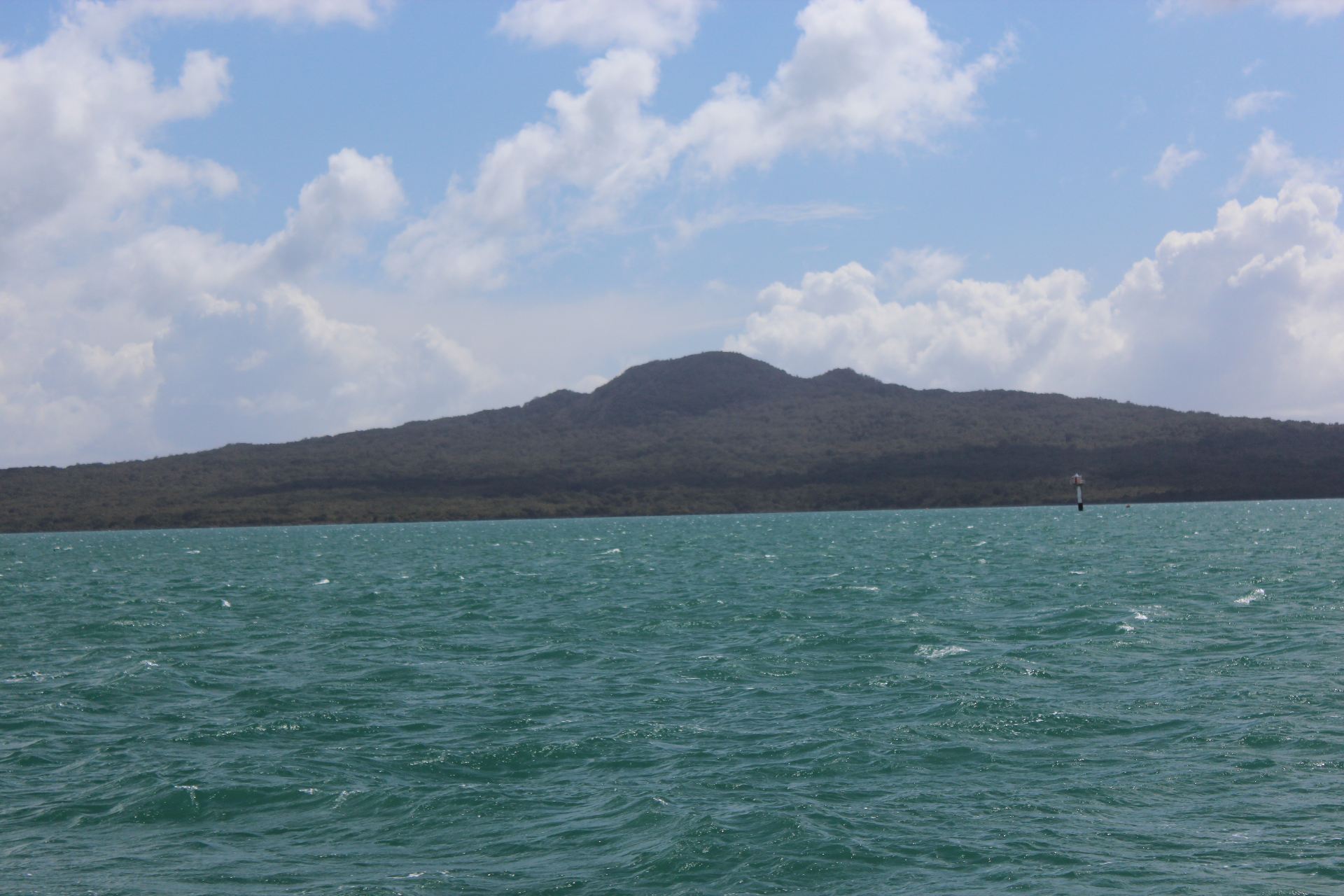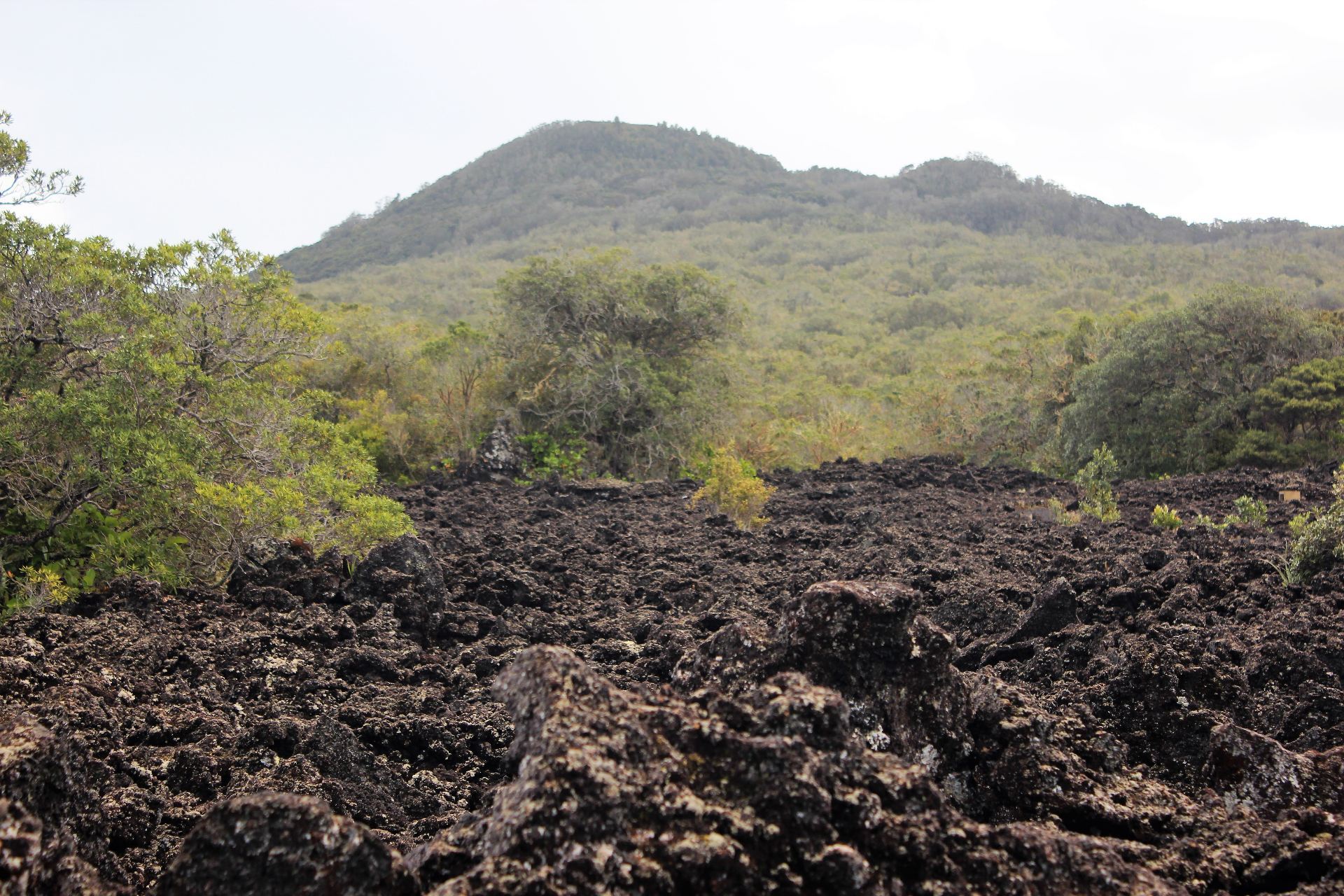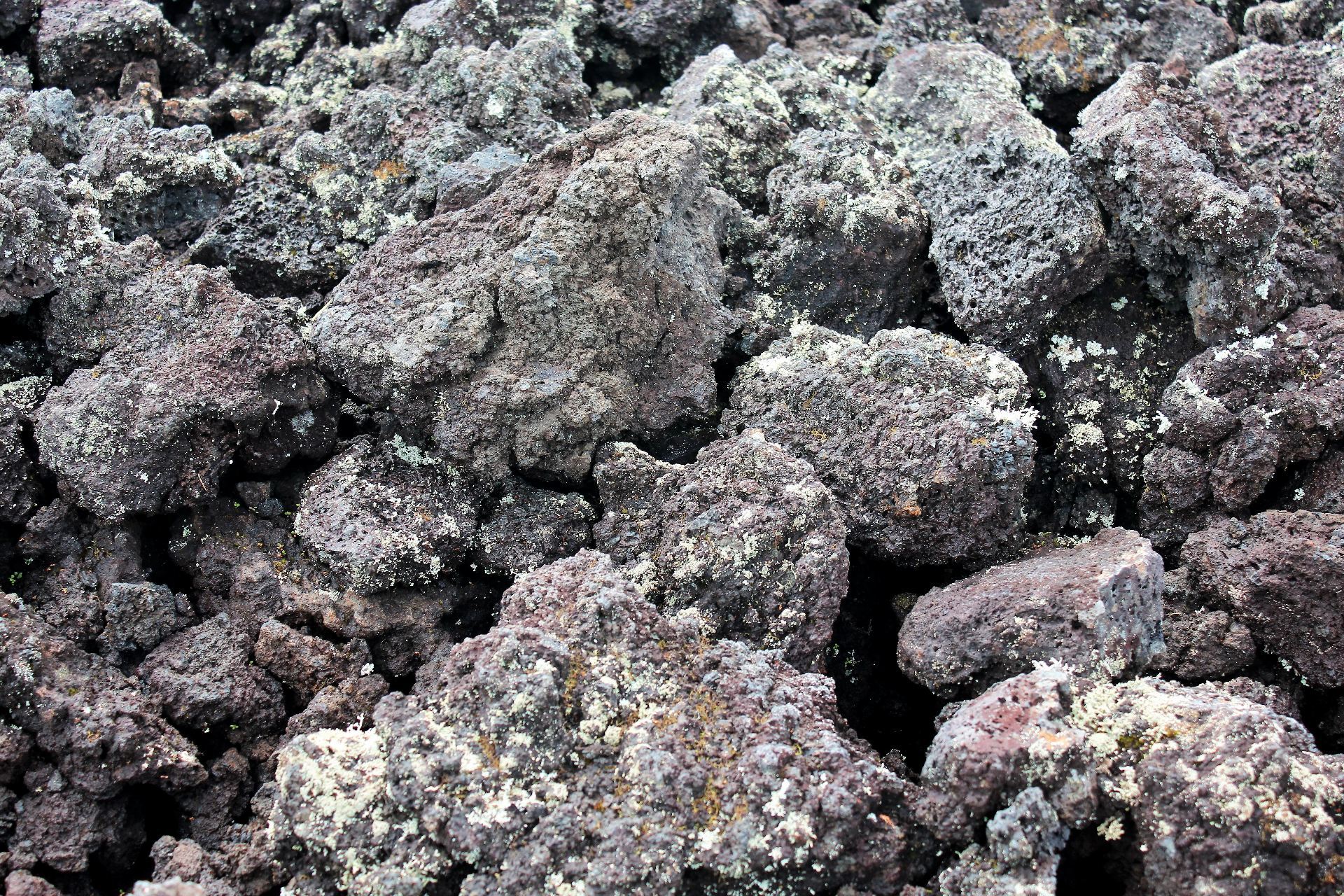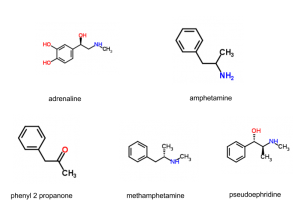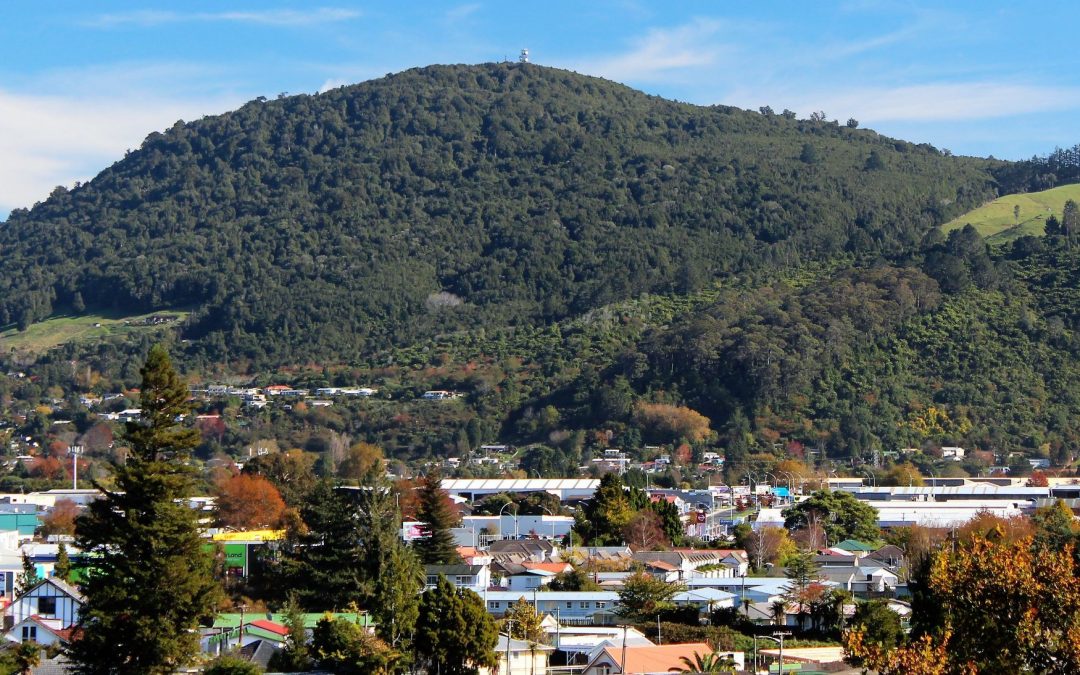

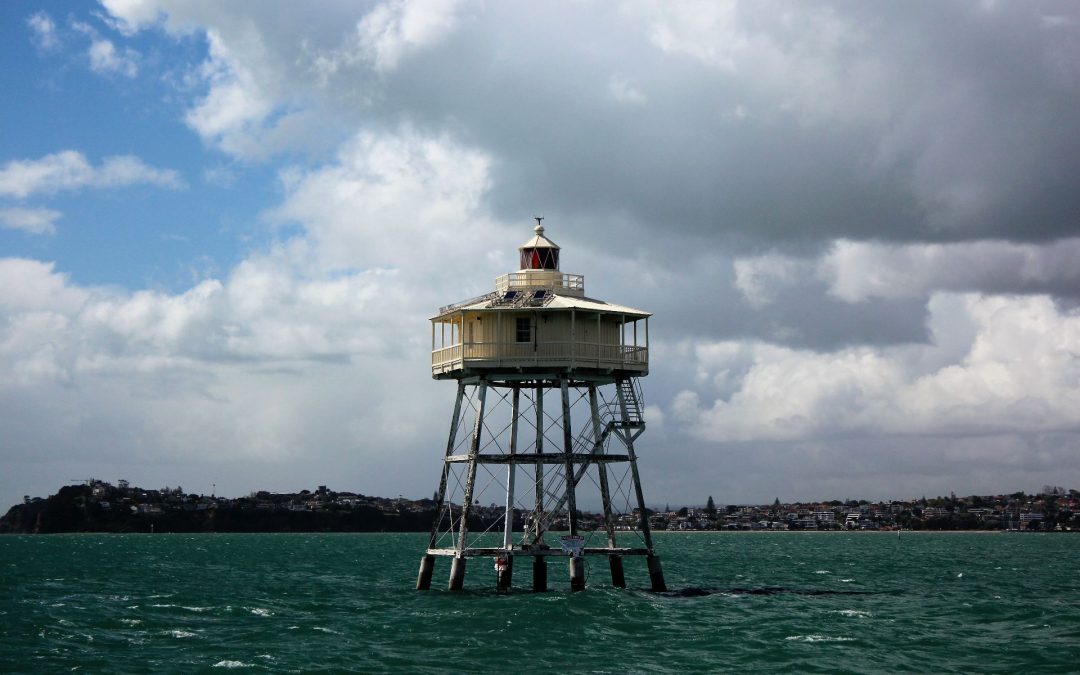
Intra Plate Volcanics, Hot Spots
Intra Plate Volcanics, Hot Spots
A sunny ferry trip to Rangitoto Island
A broad gently sloping cone. Rangitoto is a shield volcano formed from fluid basalt lava flows
Where does all the basalt come from?
…..mid ocean ridges ridges to begin with then it is subducted under the east coast of the North Island
- Most basalt is produced at mid ocean ridges.
- Basalt produced at mid ocean ridges is rafted away as oceanic crust is formed.
- The process of subduction produces mainly basaltic magma
- This basalt is not rafted away from the site of eruption.
- The subducting slab comprises of basalt and gabbro with a thin veneeer of seafloor sediment.
- Water and other fluids move into the overlying “mantle wedge” where they promote partial melting.
- The resulting basalt magma makes its way into the continental crust
- The basalt can end up feeding large volanos such as Mount Ruapehu.
- Broad gently sloping cones such as Auckland’s Rangitoto Island, Lyttleton and Akaroa on the Banks Peninsula.
- In the Auckland region steep sided scoria cones are also formed by the process of fire fountaining.
- Most basalt is produced at mid ocean ridges.
- Basalt produced at mid ocean ridges is rafted away as oceanic crust is formed.
- The process of subduction produces mainly basaltic magma
- This basalt is not rafted away from the site of eruption.
- The subducting slab comprises of basalt and gabbro with a thin veneeer of seafloor sediment.
- Water and other fluids move into the overlying “mantle wedge” where they promote partial melting.
- The resulting basalt magma makes its way into the continental crust
- The basalt can end up feeding large volanos such as Mount Ruapehu.
- Broad gently sloping cones such as Auckland’s Rangitoto Island, Lyttleton and Akaroa on the Banks Peninsula.
- In the Auckland region steep sided scoria cones are also formed by the process of fire fountaining.
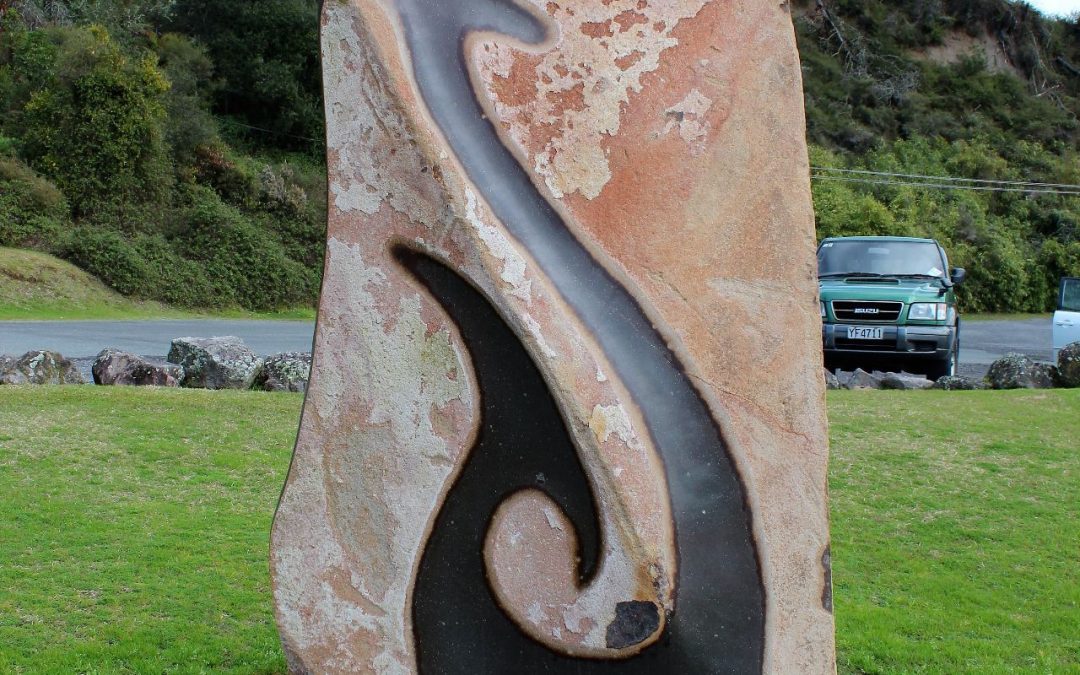
Hydrothermal activity at Orakei Korako and the extremophiles that survive there (cyanobacteria)
Hydrothermal activity at Orakei Korako and the extremophiles that survive there (cyanobacteria)
Western Heights High School students recently visited the hydrothermal area at Orakei Korako. This was part of their Level 2 Earth and Space Science programme. ( AS 91190 Investigate how organisms survive in an extreme environment)
Cyanobacteria are named after the bluish pigment phycocyanin, which they use to capture light for photosynthesis. They also contain chlorophyll the pigment used by plants to photosynthesise. Cyanobacteria predate plants. In fact the chloroplast in plants evolved when a cyanobacterium was absorbed by a green algal ancestor of plants more than 600 million years ago.
Not all cyanobacteria are blue, some are red or pink from the pigment phycoerythrin Red cyanobacteria can be found found growing around sinks and drains. African flamingos get their pink color from eating spirulina.
The important point is that cyanobacteria photosynthesise.
Cyanobacteria
Cyanobacteria
Life History and ecology.Cyanobacteria, Life History and ecology.
Read the article from the University of California Museum of Paleontology, Berkeley then try the short quiz which follows.
Plate Tectonics and the Taupo Volcanic zone
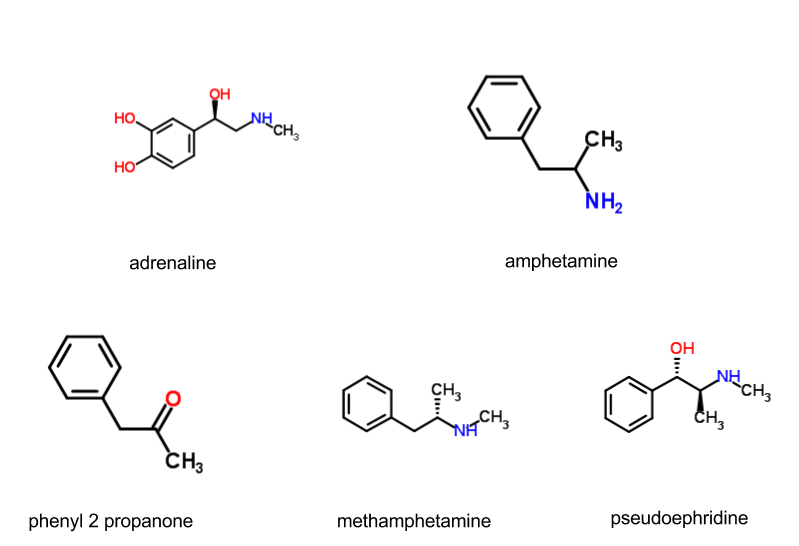
Adrenaline Amphetamines: Introduction to functional groups in organic chemistry
Adrenaline Amphetamines: Introduction to functional groups in organic chemistry
Functional groups

Functional groups are specific groups of atoms or bonds within molecules that are responsible for their properties.The same functional group will do similar chemistry regardless of the size of the molecule it is a part of. The alcohol group in a molecule improves its solubility in water. Molecules with an amine group can smell of rotting fish. Many neurotransmitters are amines.
Amphetamine mimics the properties of adrenaline as a consequence of similarities between the chemical structures of the molecules
Adrenaline kick starts the body when a fast reaction is needed. It is released in response to anxiety or fear. This is the basis of the so called fight or flight reaction. molecules.
During the second world war amphetamines including methamphetamine were used by opposing sides for their stimulant and performance enhancing effects. As authorities became aware of the addictive properties of the drug restrictions were put in place to limit
Organic chemists are molecular architects and they love to design new structures often with predictable properties. Molecules are held together by strong covalent bonds . Chemists understand how to detach single or complete groups of atoms and screw a completely different structure into place. They can even weld two different molecules together.
Methamphetamine pseudoephridine and phenyl 2 propanone.
The TV series Breaking Bad gets most of the chemistry right in its portrayal of high school chemistry teacher Walter White as he “cooks’ methamphetamine from two different starting materials. Red phosporus is used in the mix when you start with pseudoephidrine. An unfortunate side reaction with moisture to produce toxic phosphine gas was used to spectacularly dispatch two drug dealers in his mobile lab. The p2p route which he eventually adopts has its problems starting with phenyl 2 propanone. Many organic molecules behave like a pair of gloves, they have a left handed and right handed version both with four fingers and a thumb, identical mirror images of each other. The identical mirror image molecules are known as enantiomers
Chemistry is at the core of another violent scene (S.4E.1). Walt implies his product is enantiomerically pure in “Box cutter” . He asks Victor, “If our reduction is not stereospecific, then how can our product be enantiomerically pure?” Since he’s not a chemist, Victor was unable to answer, and Gus slits his throat with a box cutter while he is thinking about it.
